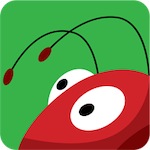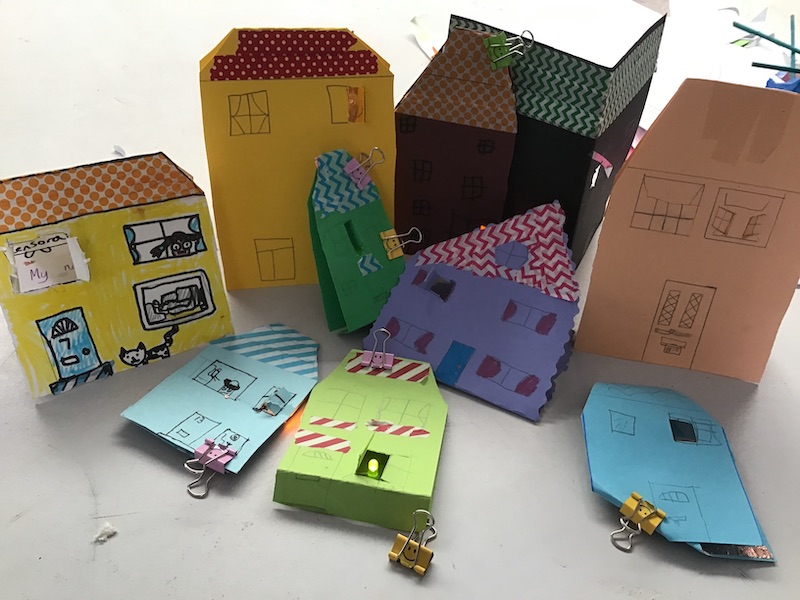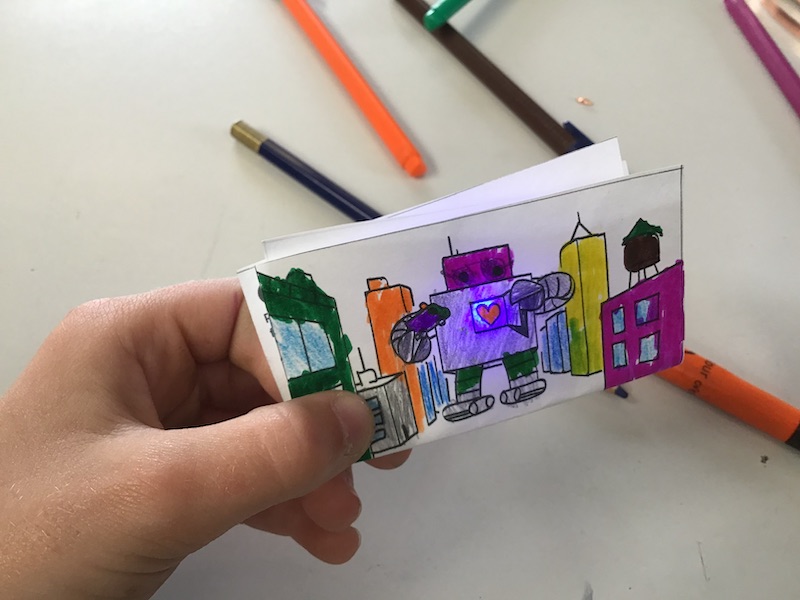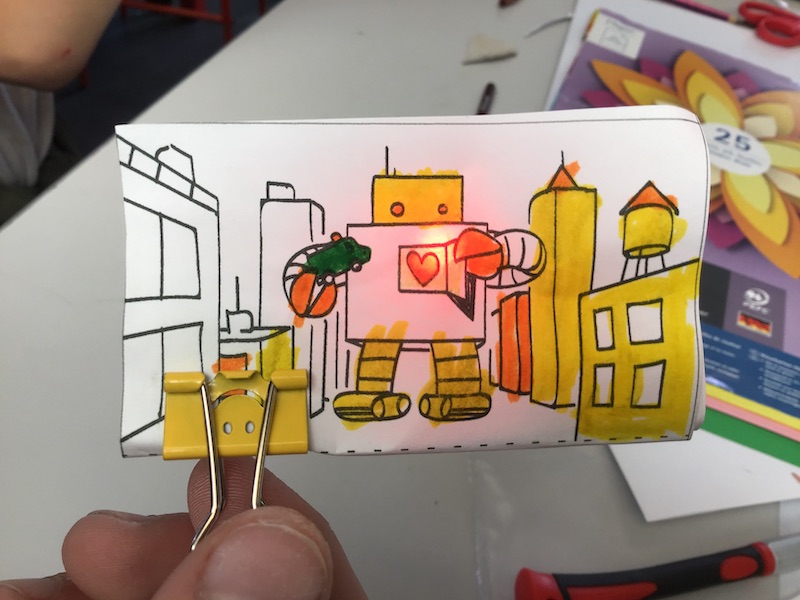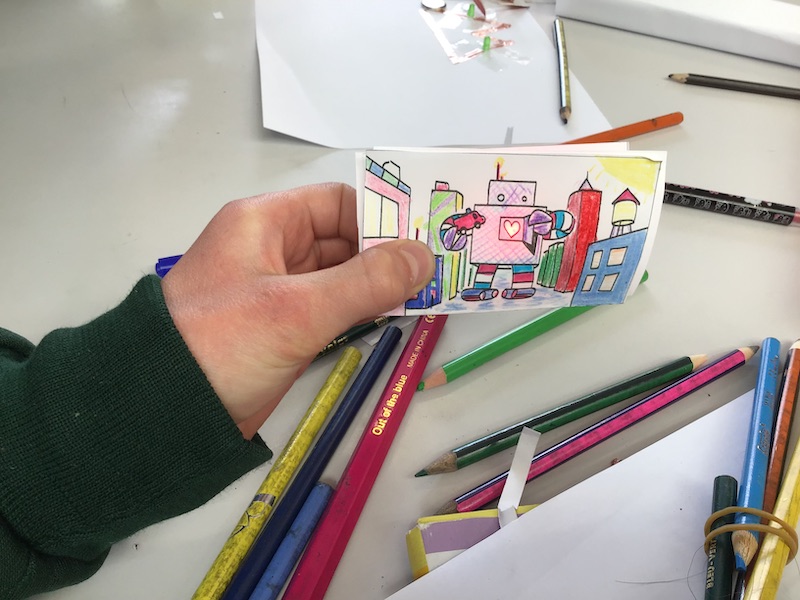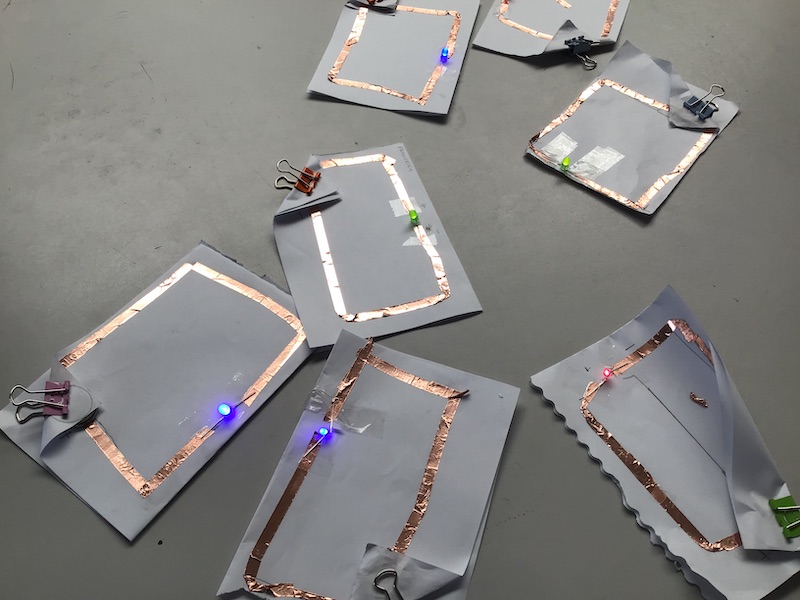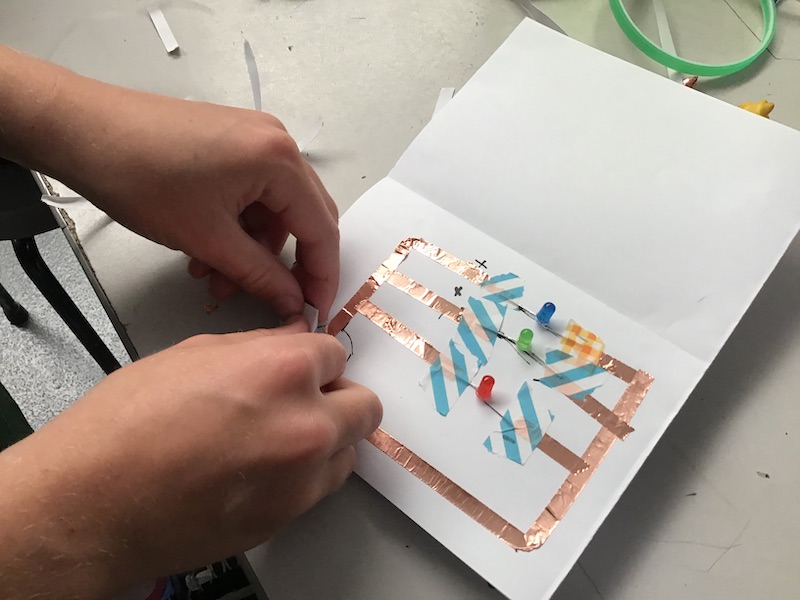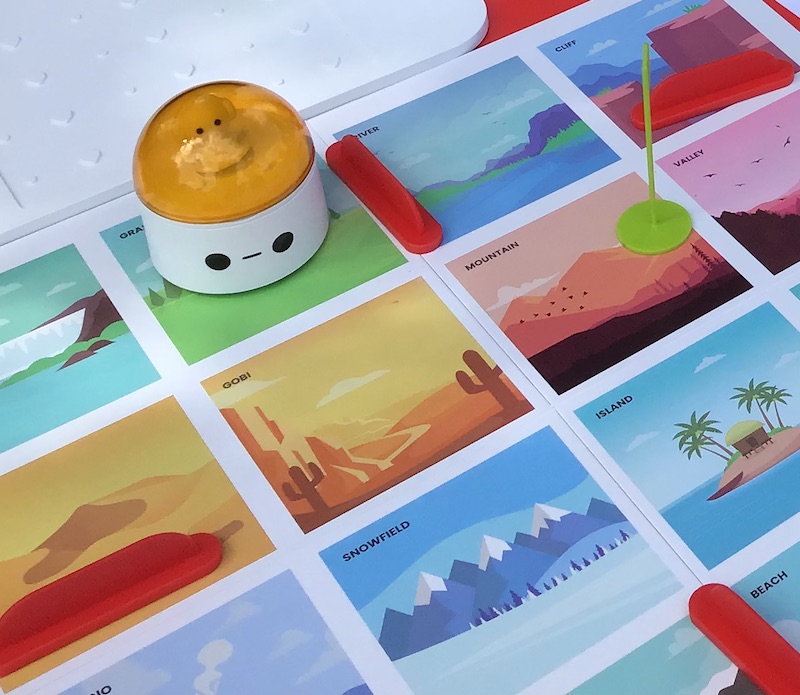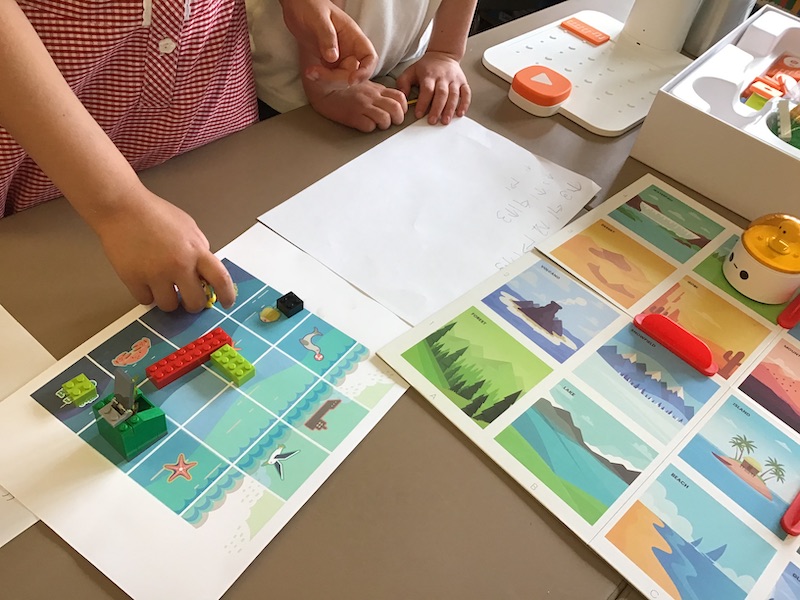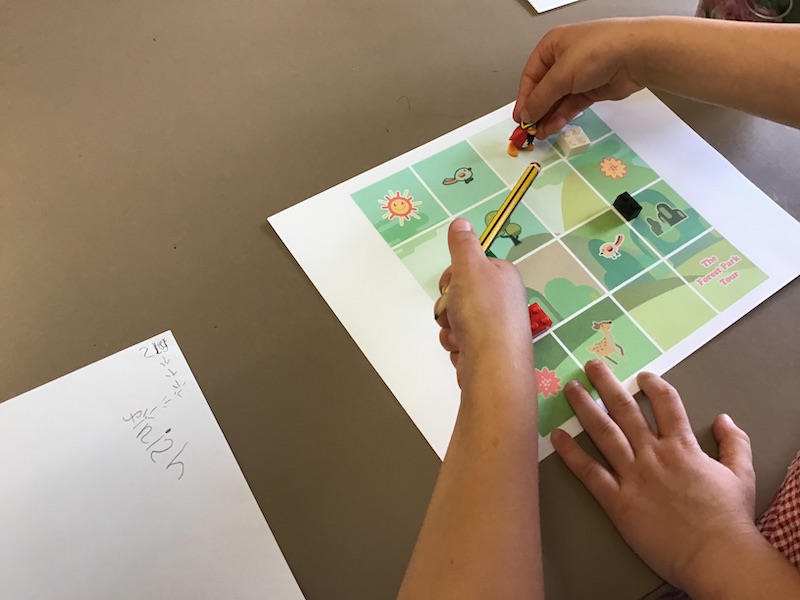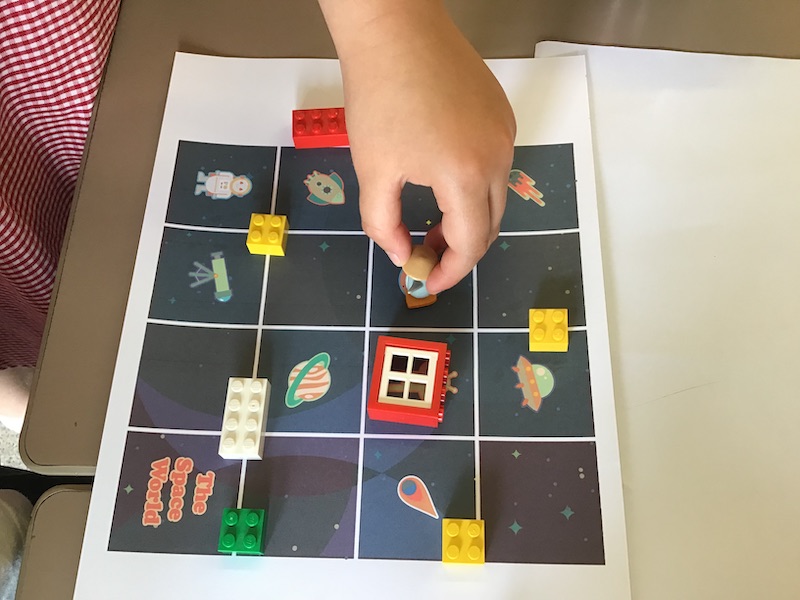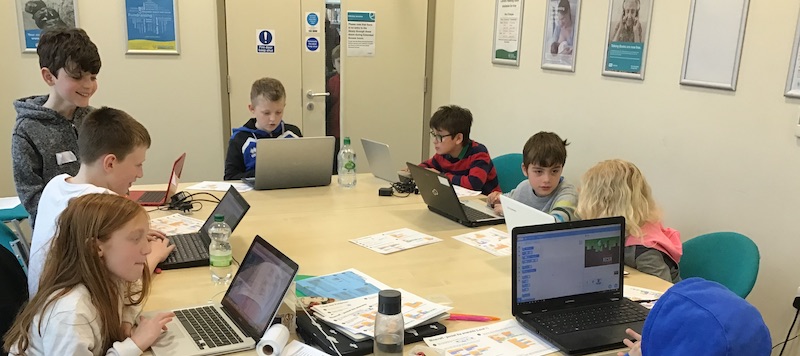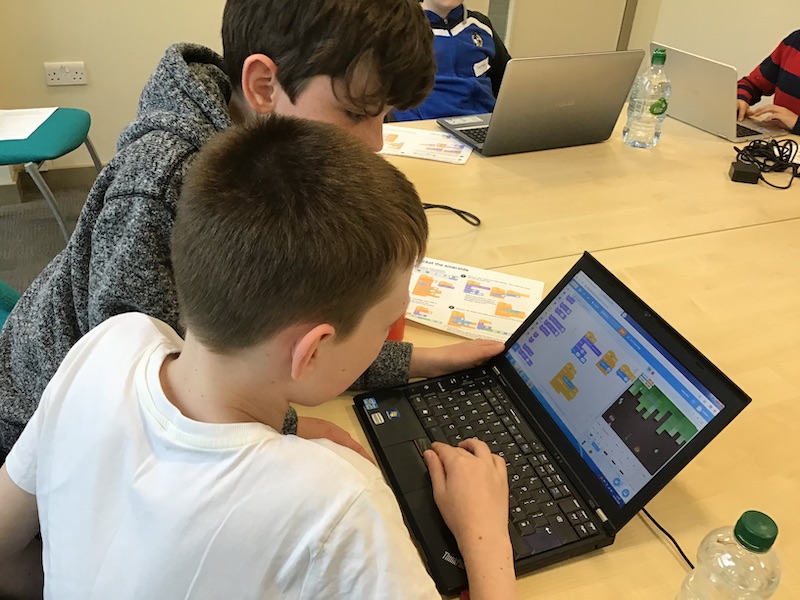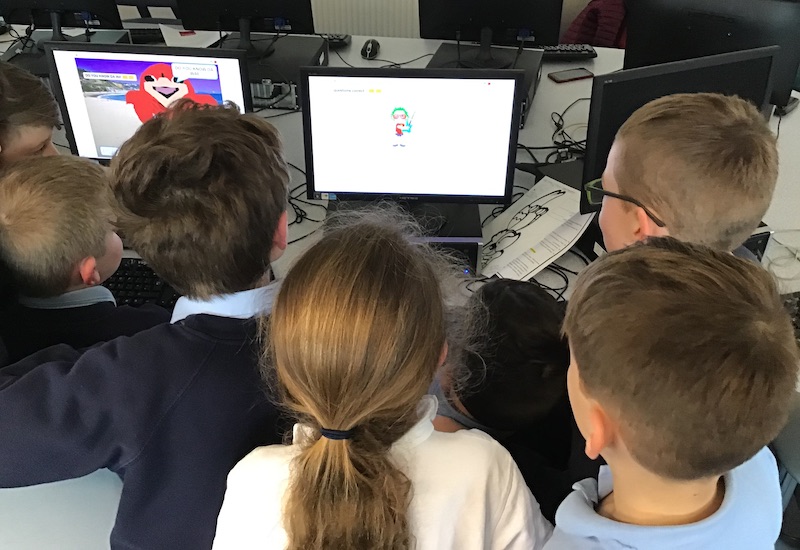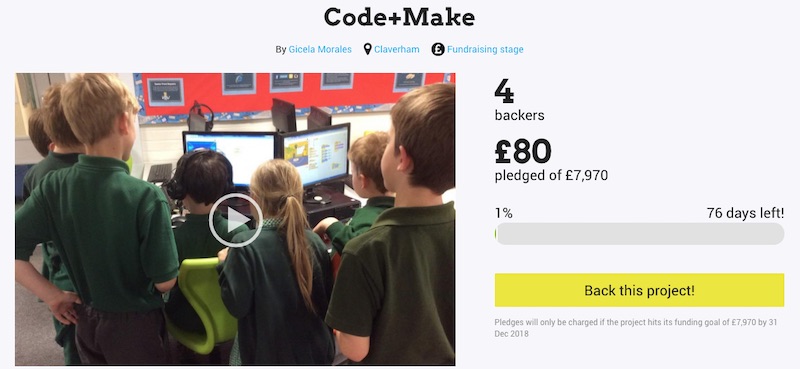During the final term of the school year and as part of Yatton Junior School Learning College, I led a group of children through four sessions looking at some basic electronic principles and ‘how electricity works’.
The children learnt about electronic circuits and how to make them using copper tape. Once they grasped the principles, the children were able to design their own circuits with LED’s… and make them light up.
Copper tape works really well with paper but there were the inevitable connection problems. However, the children used a multimeter to debug their circuits.
The children made a house out of paper that lights up… and also made pop-up greetings cards.
I was very pleased to hear that some of the children had later used batteries to test their circuits at home, so a big ‘thank you’ to the parents who helped with their child’s requests!
Paper circuits give children a great introduction to physics and I’m looking forward to repeating the experience.
If you would like a Paper Circuits workshop at your school, get in touch.
